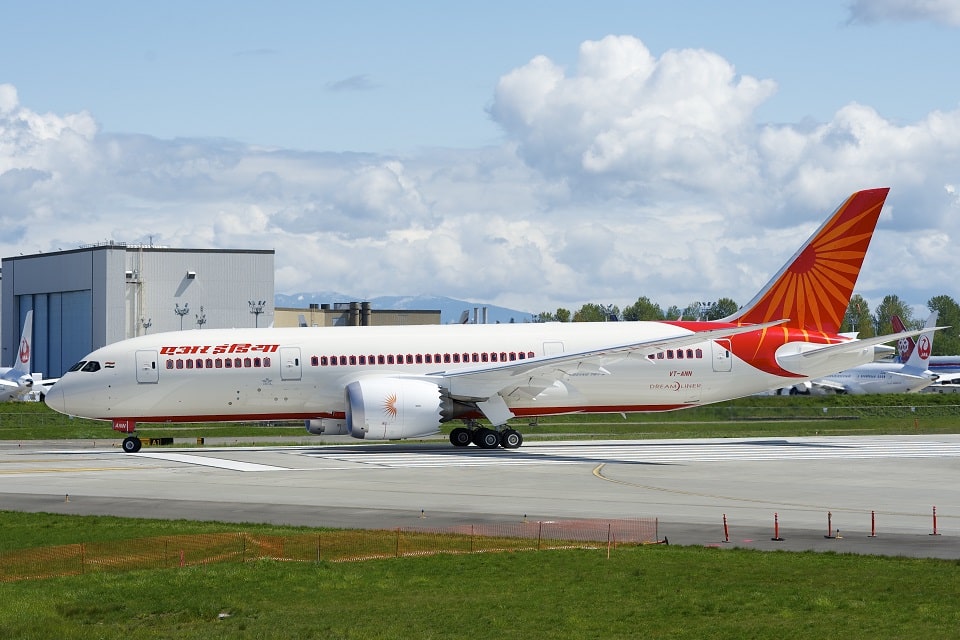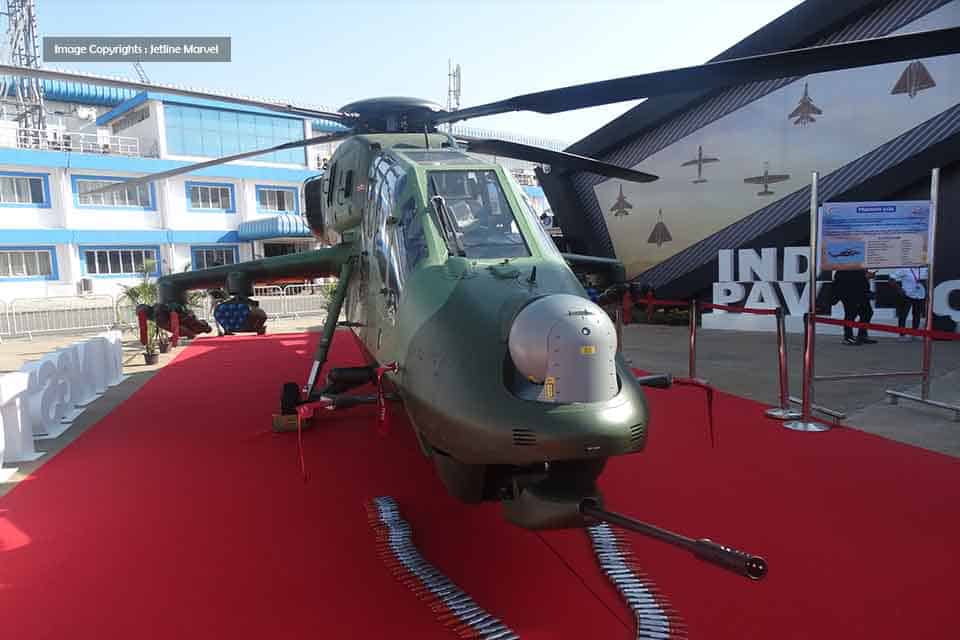Asia
What will happen to Air India employees after privatization?

Timeline:
Air India is the flag carrier airline of India. It is owned by Air India Limited. A government owned enterprise. Air India shares nearly 18% market share. The airline was founded by J. R. D Tata and Tata Sons as Tata Air Service later renamed as Tata Airlines in 1932. Later it was again renamed as Air India in 1960. In 2007 it merged with Indian Airlines under Air India Limited. Air India become 27th member of Star Alliance in 2014.
Privatization:
On 28 June 2017, Air India announced it is in debt and no sign of recovery, the Government of India approved the privatization of Air India. In 2018 Government announced to sell 76% stake of Air India including Air India Express and 50% stake of ground handling joint venture of Singapore. It was state that the new owner would have to take on debt a debt of US$4.7 billion, but no private firm showed interest in buying a debt-laden airline. In 2019 Government decided to sell 100% share of the airline. In January 2020, the government announced of selling the airline and invite bidders, this time it was decided to sell 100% shares of both Air India and Air India Express and 50% shares of ground handling joint venture of Singapore.
On 27 March 2021, Union civil aviation minister Hardeep Singh Puri stated that the privatization of Air India is likely to be completed by the end of May. The airline still in debt of U$8.26 billion and it is liable to be sold.
Employees:
“Several employees depend on this benefit to lead a decent retired life. We fear this benefit may be discontinued in case of privatization of Air India and employees will suffer huge financial losses. Therefore, AIEU would like to propose that the employees should be paid leave encashment allowance till March 31, 2021,” the letter said, according to a report by IANS news agency.
The Private venture possibly lay off management staff but retain with Technical staff in Air India and also depends upon the terms and conditions of unions and buyer. But the Union may dissolved after merging or takeover by new venture.
Fleet:
Air India started with a de Havilland Puss Moth. It inducted first Boeing 707-420 and became the first Asian airline to induct a jet aircraft in its fleet. Air India own 26 numbers of wide body, 15 are B777 and 44 numbers of narrow body and 62 various aircraft are leased.

Aerospace
India is in talks with Nigeria regarding the export of its single-engine Tejas and Prachand helicopter

India is actively exploring its defense market and making audacious moves to establish itself as a significant player in targeting the African defense market to sell Tejas and Prachand.
According to the sources, Nigeria, in negotiations to purchase Indian aircraft such as the LCA Tejas and LCH Prachand, has recently opted to acquire the M-346FA light fighter-trainer aircraft from Italy. This decision comes after expressing dissatisfaction with the performance of the JF-17 Thunder jets, signaling a shift away from acquiring additional JF-17s.
How will be the Tejas Mark 2 compared to the F-16 block 50/52?
In March 2024, India intensified efforts to explore potential exports. A defense industry delegation visited Abuja, Nigeria’s capital, signaling India’s interest in exporting its single-engine Light Combat Aircraft (LCA) Tejas.
Building the LCA Tejas Mark 2 prototype could take longer than expected.
Recent reports suggest Nigeria is considering acquiring 15 fighter jets to replace its aging Chengdu F-7NI fleet, with India emerging as a leading supplier, proposing its indigenous Tejas fighter jet.
The HAL Tejas is an advanced Indian multirole combat aircraft featuring a delta wing design, produced by Hindustan Aeronautics Limited. It serves as a pivotal asset for air defense, maritime reconnaissance, and strike missions, tailored to excel in high-threat scenarios. With nearly 40 initial variants already inducted, the Tejas stands as a cornerstone of the IAF’s operational capabilities.
Comparison of the Tejas Mark1 vs korean T-50 Golden eagle
Previously, Nigeria had explored Indian-built options such as the Light Combat Helicopter (LCH) ‘Prachand,’ Light Utility Helicopter (LUH), and Advanced Light Helicopter (ALH) ‘Dhruv.’
The Prachand helicopter, designed for battlefield deployment as an attack helicopter, stands out with its advanced weaponry and avionics. Positioned to compete with helicopters like the Apache, Turkish T129, and the European Tiger, Prachand emphasizes India’s capability to produce unique and technologically advanced military assets.
Beyond military hardware, India’s strategic move includes establishing a local currency settlement system with Nigeria, a development of notable economic significance forged in May 2024.
-

 Aviation2 months ago
Aviation2 months agoMicrosoft Flight Simulator Raises $3 Million to Bring Back the An-225 Mriya
-

 Airlines2 months ago
Airlines2 months agoQatar Citizens Can Travel to the United States Without a Visa
-

 Aviation2 months ago
Aviation2 months agoQatar Airways bans these new Electronic Devices on plane
-

 Airlines2 months ago
Airlines2 months agoJapan Airlines Rolls Out Free Domestic Flights to International Passengers
-

 Travel2 months ago
Travel2 months agoQatar Airways Launches Four Additional Flights from Amsterdam
-

 Defence2 months ago
Defence2 months agoWhich Country Has the Largest Fleet of Fighter Aircraft?
-

 Airport2 months ago
Airport2 months agoWestern Sydney Airport Welcomes Its First Plane After 6 Years of construction
-

 Airlines4 days ago
Airlines4 days agoDAMAC Air: Dubai’s New Luxury Airline Offers Free Flights for Registration








